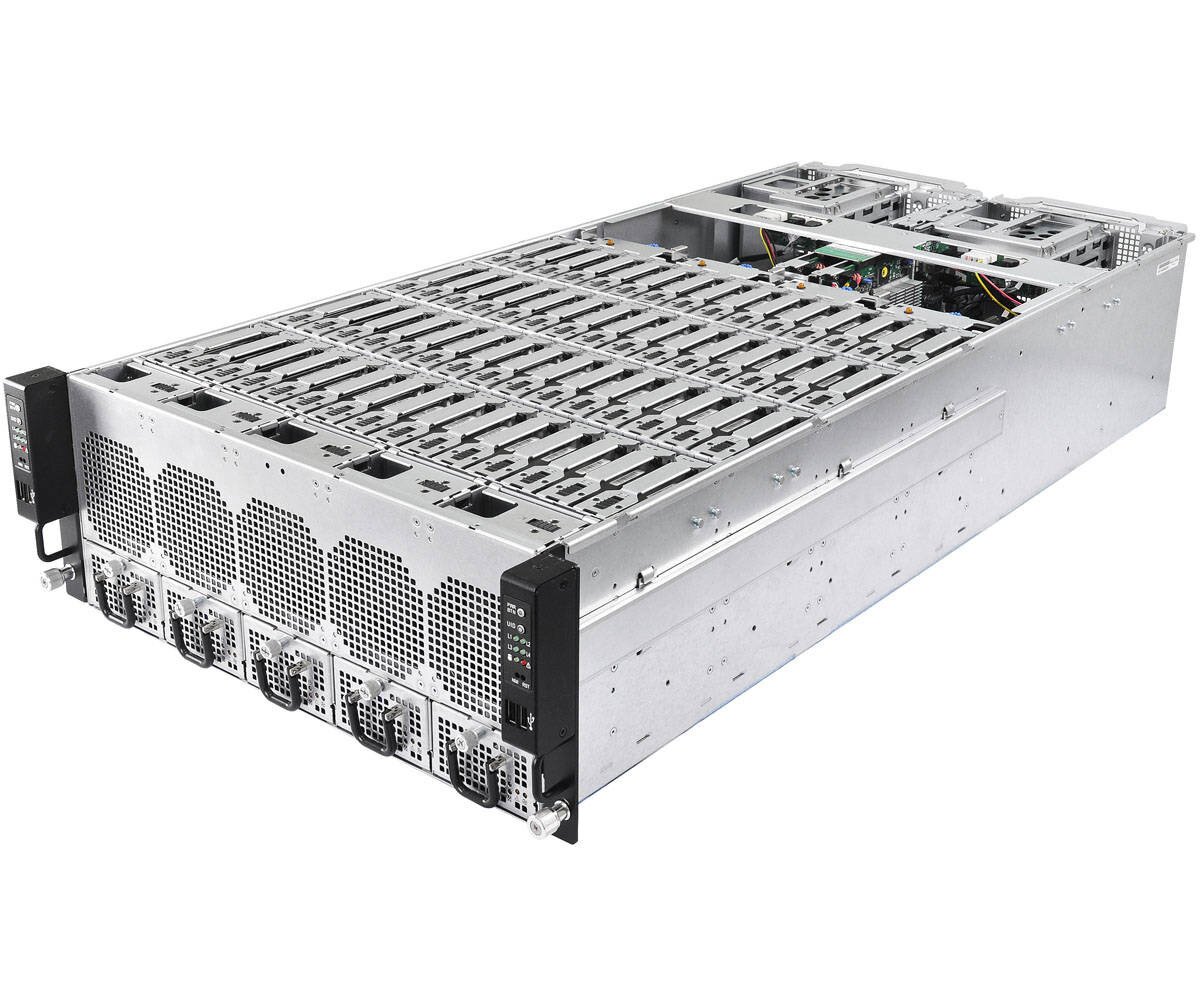

- ASROCK DISK HEALTH .EXE
- ASROCK DISK HEALTH INSTALL
- ASROCK DISK HEALTH ZIP FILE
- ASROCK DISK HEALTH UPDATE
- ASROCK DISK HEALTH PORTABLE
**Due to the operating system limitation, the actual memory size may be less than 4GB for the reservation for system usage under Windows 32-bit OS. * 7th Gen Intel CPU supports DDR4 up to 2400 6th Gen Intel CPU supports DDR4 up to 2133. Supports Intel Extreme Memory Profile (XMP) 2.0 Supports ECC UDIMM memory modules (operate in non-ECC mode) Supports DDR4 2400 / 2133 non-ECC, un-buffered memory* For Windows 64-bit OS with 64-bit CPU, there is no such limitation. * Due to the operating system limitation, the actual memory size may be less than 4GB for the reservation for system usage under Windows 32-bit OS. Supports AMD Memory Profile Technology (AMP) up to AMP 2400 Supports Intel Extreme Memory Profile (XMP) 1.3 / 1.2 Supports Intel Turbo Boost 2.0 Technology Supports 7th and 6th Generation Intel Core™ i7 / i5 / i3 / Pentium / Celeron Processors (Socket 1151) Supports Socket FM2+ 95W / FM2 100W processors
ASROCK DISK HEALTH UPDATE
* These utilities can be downloaded from ASRock Live Update & APP Shop. ASRock Fast Boot (Fast Boot, Restart to UEFI) Hopefully, you too can find something in here you’ll like.- Micro ATX Form Factor: 7.5-in x 7.4-in, 19.1 cm x 18.8 cm
ASROCK DISK HEALTH INSTALL
Because a disk monitoring/health assessment tool is something I’d rather run from an admin USB flash drive than install on each machine,
ASROCK DISK HEALTH PORTABLE
There are plenty more such tools, but few of them run as portable apps. Actually, it also told me I had a number of UltraDMA CRC errors equal to the other two counts (which Wikipedia explains as “count of errors in data transfer via the interface cable as determined by interface CRC”). The (free) HDDScan utility also did a nice job.
ASROCK DISK HEALTH ZIP FILE
ZIP file version of CrystalDiskInfo also did the trick nicely.

ASROCK DISK HEALTH .EXE
exe file, launch it and it tells you the story you seek. That means it should run as a so-called “portable” app. I quickly figured out that I wanted something that didn’t have to be installed. I went looking around for SMART monitoring and reporting tools. It’s also 5,400 RPM, so I’m replacing it with a 2 TB, 7,200 RPM drive with 64 GB of on-board cache. If memory serves, I bought this back in 2012 or 2013. It’s an older drive (27906 power on hours translates into almost 1163 days, or 3.18 years).

So I ordered a new drive from Newegg to replace the current 750GB WD Blue drive that’s affected. What to Do about This?Īs such things go, these errors are serious enough to indicate possible or even pending drive failure. A rise in the value of this attribute indicates defects of the disk surface and/or problems in the mechanical subsystem. Uncorrectable Sector Count: The total count of uncorrectable errors when reading/writing a sector.

This is a serious shortcoming, for if such a drive contains marginal sectors that consistently fail only after some time has passed following a successful write operation, then the drive will never remap these problem sectors. However, some drives will not immediately remap such sectors when written instead the drive will first attempt to write to the problem sector and if the write operation is successful then the sector will be marked good (in this case, the “Reallocation Event Count” (0xC4) will not be increased). Read errors on a sector will not remap the sector immediately (since the correct value cannot be read and so the value to remap is not known, and also it might become readable later) instead, the drive firmware remembers that the sector needs to be remapped, and will remap it the next time it’s written. If an unstable sector is subsequently read successfully, the sector is remapped and this value is decreased. But what does this mean? I turned to the SMART page at Wikipedia to learn the following (all text copied verbatim):Ĭurrent Pending Sector Count: Count of “unstable” sectors (waiting to be remapped, because of unrecoverable read errors). First was Current Pending Sector Count and and second, Uncorrectable Sector Count (both at 200). In fact, those numbers matched for two items. I saw the amber flags on two specific SMART values for the drive. Investigating errors in amber shows me this drive may have serious problems! Why a Hard Disk Warning Prompts Win10 Tool Search


 0 kommentar(er)
0 kommentar(er)
